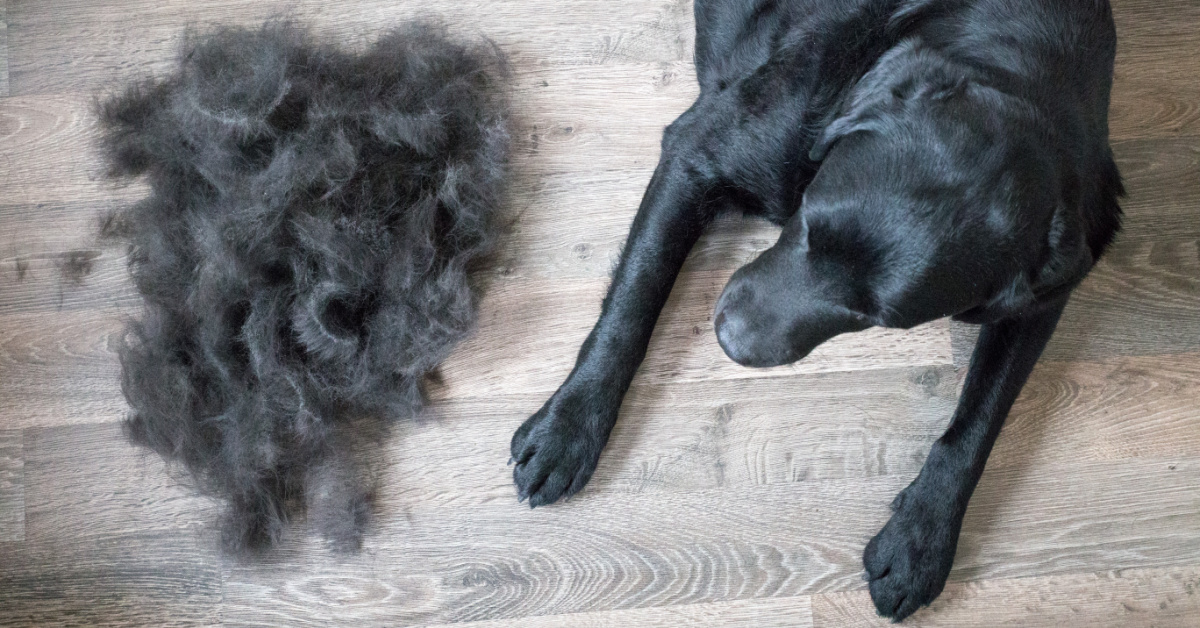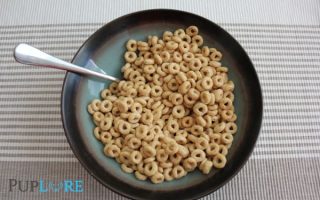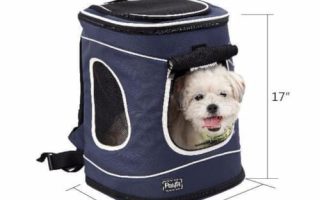Most of the time, Labradors won’t need a lot of maintenance, but they still need to be groomed regularly. However, it’s during molting season that things can get pretty rough for your house, your rugs, and, most of all, your grooming capacity. Because the truth is: Labrador shedding does happen—a lot.
Not all Labrador Retrievers built the same. But the general idea with them is that their unique coat makes them susceptible to Labrador shedding, especially in certain seasons.
What’s so special about a Labrador’s coat?
Great question. A Labrador’s coat is a double coat composed of two main parts. They have an undercoat and an overcoat, and each of these has their own uses and purposes for your Lab.
The undercoat is mainly for temperature regulation and allows a Labrador to stay warm when diving into icy cold waters. This coat also protects a Lab from the heat of the sun in the summertime. It follows that if the season is cold, the coat grows thicker, while in the summer, the coat thins out.
This process of thinning out and thickening is called molting. It is the reason why there is a lot of Labrador shedding during specific times of the year.
The topcoat, on the other hand, acts as a waterproof layer for when a Labrador is swimming. This is another piece of proof of the lineage and history of the Labrador as a fishing dog. This coat helps keep the dog warm when it swims in very cold waters.
So, there you have it. Labradors shed massively in the spring when they switch their thick winter coat for a thin summer one, and once again in the fall when they replace their thin coats with a thick one for the winter.
This still applies to Labradors today even if their purpose of fishing no longer applies. It’s not easy to undo the entire evolutionary process that this dog breed has gone through.
That said, no two Labradors are the same. As one of the many dog breeds that shed, some Labs will shed way more than others while some shed in short bursts throughout the year. There are even instances when some Labs shed daily. So, that leaves us with the major question: what do you do about it?
So, how do I stop Labrador shedding?
If you are here looking for answers on how to stop your Lab from shedding, you won’t find it. Labrador shedding is normal for all Labrador colors, and the best you can do is mitigate the cleaning and the fur that crops up by taking certain measures.
Brushing your Labrador Retriever properly is the first of these measures. Even when it isn’t molting season, you would still have to brush your dog’s fur. However, during specific times throughout the year, you would really have to up your game, and you should brush your Lab at least once a day (even twice if you can). There are many types of Labrador shedding brush available on the market, and you’ll be sure to find something that suits you.
Another thing that you should do to help with Labrador shedding is to remove the dead undercoat from your Lab. This is a step above just grooming your Lab. You are going to actively remove the dead coat from your Lab to avoid getting it all over the place. There are tools you can use to assist you with this process.
An example is the Furminator. It removes the shed fur from the coat before it gets on your furniture and carpets. Take note, though, that this tool is not for every pet owner, so you should do your own research beforehand.
A gentle massage during bath time could also work. This will loosen and separate the dead hair that is on your Lab without hurting them one bit. You could employ this method together with using specific shampoos and conditioners that are made specifically to help with shedding.
What you should not do about Labrador shedding
What you should not do about Labrador shedding is to shave your dog. Under no circumstances should you shave your Labrador. Their coats are there to protect their skin from the sun, and if you take that away, they could be hurt because there is no additional protection for their skin.
As a Lab owner, you will just have to suck it up and deal with the shedding. After all, this process is normal and healthy for your dog. The sooner you come to terms with the fact that Labrador shedding will be a part of your life in the next few years, the better. Anyway, there are already many tools on the market today that can help you with cleaning, such as vacuums.
Training your Lab to not get on the furniture is also another way you can mitigate the mess created by Labrador shedding. Get creative with your cleaning and preventive measures, and pretty soon, you’ll be able to stay on top of your Labrador’s shedding.
How to know if my Labrador is shedding excessively?
Now, another question many Lab owners ask themselves is whether or not the shedding of their Labrador is normal. Given the fact that Labrador shedding is pretty heavy, it is most likely normal. To be sure, however, we suggest checking with your vet to know what exactly is going on. Excessive shedding could be an indicator of another underlying health problem.
Remember, though, that proper diet and the right food intake are essential for your Labrador to maintain their healthy, beautiful coats.
Is there a Labrador color that sheds less?
The quick answer to this is no. Even though there are a lot of concessions regarding Labrador differences based on coat color, there’s actually no Labrador color that sheds more or less than the other. They all equally shed a lot.
There may be individual differences in the shedding rate of different Labradors, but this has nothing to do with their coat color. If you want to avoid their fur showing up too much all over your home, try getting furniture colors that will match your Lab’s hair.
In Conclusion
Labradors shed a lot. They need a lot of constant upkeep in times of molting, and you have to be ready for that. Their special double coats are the reason that they shed a lot, but these are also the reason why they are protected from the sun and other elements.
Cleaning up after your dog isn’t always an easy task. But with some time and getting used to, you’ll get the hang of it pretty soon.







